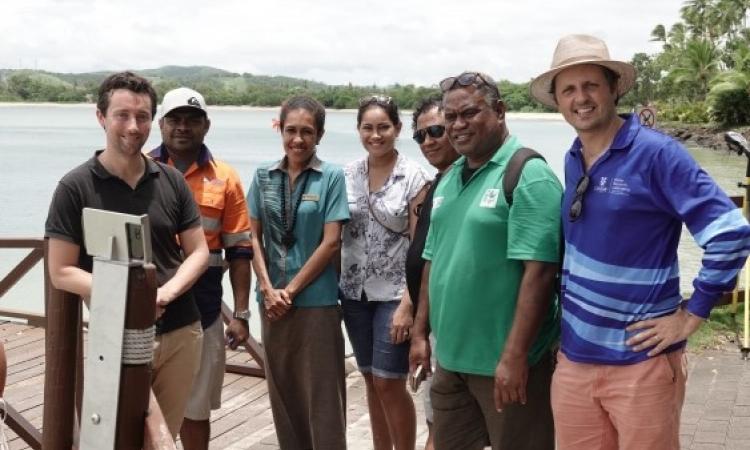
A citizen science project led by UNSW engineers in Sydney, Australia is leveraging thousands of crowd-sourced photos from social media, helping create new insights into how beaches respond to changing weather and wave conditions, and extreme storms – and now a new study has shown the program to be nearly as accurate and effective as professional shoreline monitoring equipment.
The study - recently published in the journal Coastal Engineering - is a collaboration between engineers from the UNSW Water Research Laboratory and the NSW Office of Environment and Heritage.
Dr Mitchell Harley from UNSW’s School of Civil and Environmental Engineering, who has led the study said, “In our new study, we present an innovative ‘citizen science’ approach to collecting shoreline data, by tapping into the incredible amount of social media images taken at the coast every single day. CoastSnap is a network of simple camera mounts at beaches that invite the public to take a photo and upload it to social media, using a specific hashtag.”
CoastSnap – a community program founded in 2017 – turns the average community member into a coastal scientist, using only their smartphone to take pictures of the coastline. Using algorithms to track the shoreline position, the images collected are then analysed to help researchers and the community understand why some beaches are more resilient to change than others. The imagery can also be used to inform coastal management and planning decisions. Despite the technical challenges presented with this method of data collection, which include the low resolution of social media images and the involvement of non-professionals in the gathering of the data, the technique has proven that the research does not need expensive equipment to collect useful data.
The UNSW team says the collection of photos at all the different stations will be the global eyes observing likely changes to the coastline in the coming years. They claim this will information will assist coastal managers in reducing the risk of coastal erosion – and to identify coastal erosion hotspots that need particular attention.
The idea for CoastSnap stems from the Water Research Laboratory’s work in coastal imaging technology, which has been in development for over a decade. The technology made use of high-tech video cameras installed on top of beachfront buildings; but in contrast to CoastSnap, that equipment was quite expensive. Now celebrating the program’s two-year anniversary this month, CoastSnap had humble beginnings, with the first two snap stations installed at Manly and North Narrabeen in May 2017. Since then, over 2,500 images have been submitted from 4 NSW CoastSnap stations from almost 1,000 individual community participants.
The team says the technique has the potential to revolutionise the way coastlines are monitored worldwide, by expanding to coastlines where there previously was little data coverage, particularly in countries with limited resources. CoastSnap is already expanding globally with stations located in 9 different countries – Brazil, England, Fiji, France, The Netherlands, Portugal, Spain, USA and Australia.
Read more here.
/articles/revolutionising-coastal-monitoring-one-social-media-photo-time